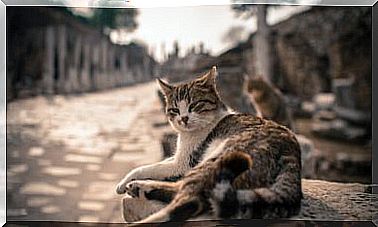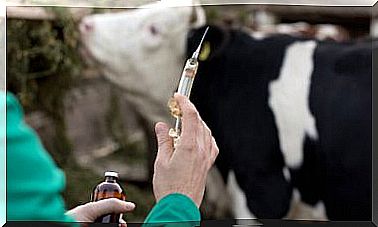Feline Chlamydia: Causes, Symptoms And Treatment
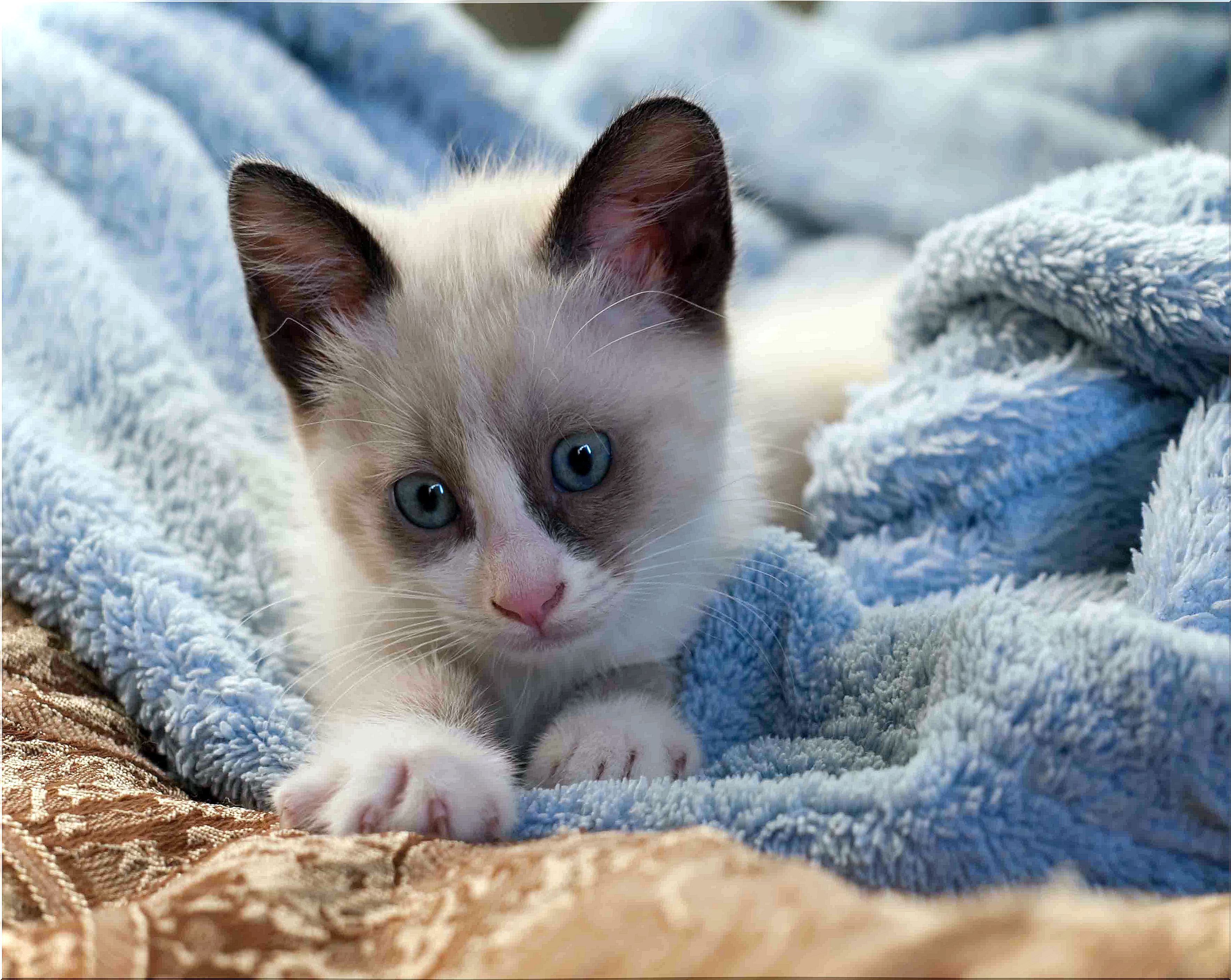
When a cat has discharge or inflammation in one or both eyes, it can be a sign of chlamydiosis or feline chlamydia. This highly contagious disease occurs especially in places where many cats live. And as its name suggests, it is typical of these animals and is not transmitted to man.
A common disease in hatcheries and shelters
The cause of this cat ailment is a gram-negative bacterium, Chlamydophila felis. As it is not very resistant to the environment, it requires a kitten to host it for contagion to occur.
It is suffered by cats of all ages and from all over the world, but it affects, above all, animals with a life span of five weeks to three months.
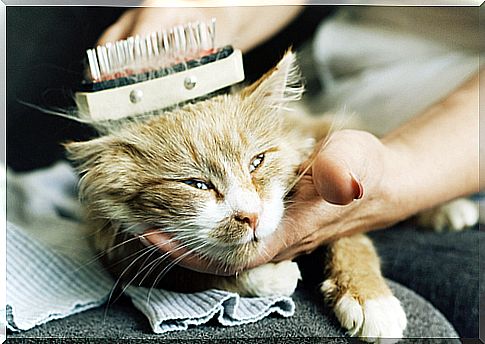
With an incubation period of 3 to 10 days, the formerly called feline pneumonitis is rarely fatal, unless it presents complications when combined with other health problems of the animal, such as rhinotracheitis.
Know the signs of feline chlamydia
The first manifestations of feline chlamydia are watery discharges in one of the eyes. The appearance is as if fluid has been poured over the eyeball. In addition, inflammation and redness in the so-called third eyelid are usually very noticeable.
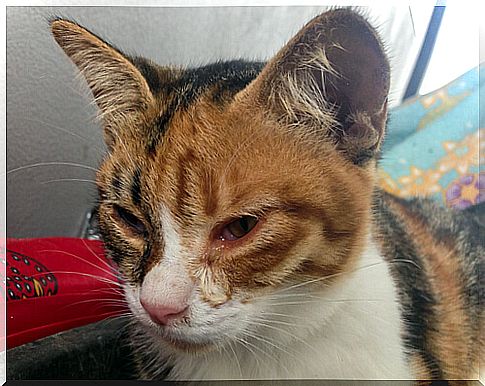
Over the days, the secretions will become more viscous and greenish in color, and the other eye may be affected. Corneal ulcers can also appear.
And if the nose also looks complicated, there will be a runny nose and the animal will have constant sneezing. The infection rarely reaches the lungs.
Also, the cat may have a temporary fever, but it is unlikely that it will lose its appetite during the development of the disease. In that case, it will be necessary to encourage him to eat and thus prevent him from becoming weak and losing weight.
Treatment of this cat pathology
Although 30% of conjunctivitis in kittens is caused by Chlamydophila felis , the veterinarian must confirm the presence of the bacteria through a laboratory test. To do this, it will proceed to take a sample.
Once the diagnosis is firm, the professional will prescribe antibiotics, which will be administered through eye drops and also orally or intravenously. Among the most used drugs are:
- Enrofloxacin
- Clindamycin
- Doxycycline
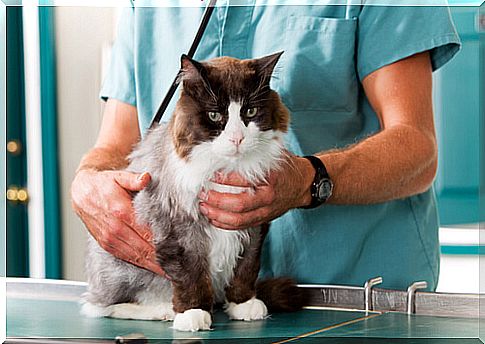
These drugs must generally be administered for about four weeks to ensure that the bacteria are permanently eliminated. Otherwise, the doctor will evaluate how the treatment is continued.
Feline Chlamydia: Prevention and Care
He or cats with feline chlamydia should be kept isolated from healthy animals to avoid spreading the disease. In addition, it is convenient to sanitize the place with some commonly used disinfectant to eliminate the bacteria, since it lives for a short time in the environment.
During the course of the ailment, you must clean the eyes and nose of the kitten with a wipe specially indicated for this task. The vet will indicate which is the most appropriate. Be aware that even weeks or months later, a dark, sticky discharge may remain, especially in the tear ducts.
It remains to be clarified that feline chlamydia can be prevented through vaccination. However, this fact does not guarantee that the cat will not develop this pathology, but it does guarantee that the symptoms will lessen.
In any case, if you suspect that your cat has any symptoms of illness, avoid greater ills and urgently consult a trusted veterinarian.



